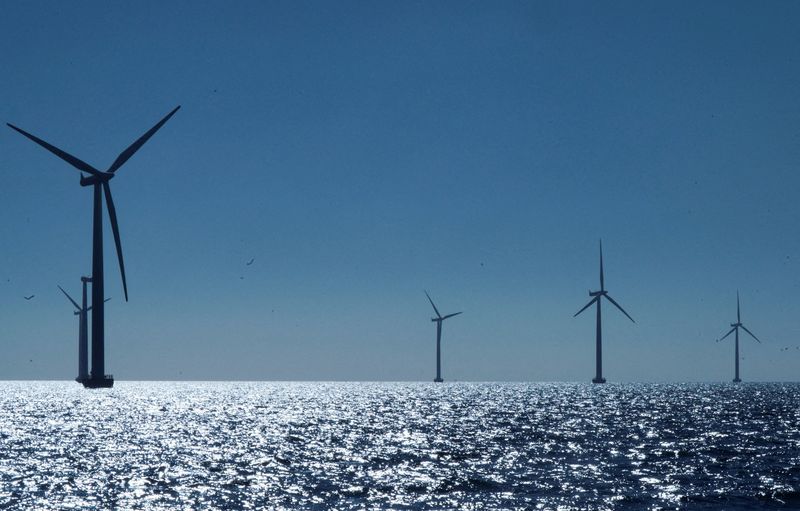Setbacks in Offshore Wind Energy Projects in New Jersey and New York
TRENTON, NJ, — The offshore wind energy sector in New Jersey and New York is experiencing significant challenges. In New Jersey, Governor Phil Murphy’s renewable energy goals suffered a blow with Ørsted’s withdrawal from two key offshore wind projects, Ocean Winds I and II. The Danish company cited inflation, interest rate hikes, and supply chain issues, leading to a $2.8 billion reduction in the first project’s value.
Despite these setbacks, Governor Murphy remains committed to achieving 100% renewable power in New Jersey by 2035. However, the cancellation of Ørsted’s wind farms has sparked concerns about the state’s ability to meet its clean energy targets. Critics have pointed to mismanagement and a lack of public engagement as key reasons for the failure of these projects.
Adding to the region’s troubles, Equinor and BP recently terminated their contract to sell power from the Empire Wind 2 offshore wind farm, located 15-30 miles southeast of Long Island, New York, and also off the coast of New Jersey. This joint venture between the Norway-based Equinor and UK-based BP was one of the largest offshore wind projects in the U.S., with an anticipated capacity of nearly 1.3 gigawatts. The decision to terminate the contract with the New York State Energy Research and Development Authority (NYSERDA) was attributed to similar economic pressures, including inflation, interest rates, and supply chain disruptions.
These developments underscore the difficulties facing the offshore wind energy sector in the U.S. Economic challenges, regulatory hurdles, and project management issues are hampering the progress of these ambitious renewable energy projects, impacting the efforts of both New Jersey and New York in their transition to green energy sources

